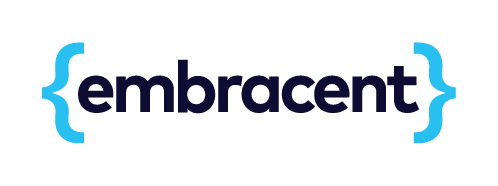
We all know that by monitoring key performance indicators (KPIs) we can identify issues and drive business performance. And yet, it seems many companies are not making the best use of their own customer and operational data.
So why is this? It certainly doesn’t seem to make much business sense.

In the recruitment industry, some of the most relevant KPIs can broadly be categorised into three types:
financial
operational
customer related
financial kpi’s
1. Profit before tax
2. Aged debt
3. NFI (net fee income)
From sales and team management perspectives, some more detailed financial metrics will also be helpful, such as:
4. NFI per fee earner
5. % fee earners on target
6. Timesheet hours (temps, contractors, interims) Drilling down into these figures can also provide data on individual performances, and identify areas in which more detailed analyses, a change in work priorities, or additional training may be necessary.
operational kpi’s
7. Live jobs (with go-live date)
8. Active workers (temps, contractors, interims)
Success to date:
9. Placement numbers
10. Job fill %
Future potential:
11. Number of first interviews booked
12. Booked perm fees
customer related kpi’s
Are clients and candidates likely to use the company’s services again or recommend the company to others? Areas to monitor include:
13. Customer satisfaction score (feedback)
14. Net Promoter Score
15. Target client to customer %
Monitoring the 15 KPIs above, and understanding the data generated, will help a business to be agile and respond to market changes as required. To be a leading recruitment company.
but how best to access and monitor these performance indicators?
We know that many company executives do not trust the data and analytical processes within their own organisations. One reason is because analytics tend to be spreadsheet-driven, and four out of five are concerned about data quality and consistency. This often leads to many management teams arguing over whether a report is correct – rather than discussing what actions are needed to improve performance.

This also means that the reports, when finally compiled, are often out-of-date and therefore the ability to take corrective action is lost.
Where systems are highly fragmented and do not easily share data, this is doubly the case and time is easily wasted.
How much more productive could recruitment companies be if their performance indicators were easily accessible via a handy dashboard? A dashboard that integrates legacy systems in a user-friendly and cost-effective way? Imagine how the ability to obtain useful information through a simple interface would motivate employees to become more engaged with their KPIs. How much more competitive would the company be as a result? Find out how you can get the best out of your organisation’s data and maximise competitive advantage, without paying the earth or getting rid of your legacy systems.
Great technology doesn’t have to be complicated and expensive – contact embracent today to find out what you are missing.
